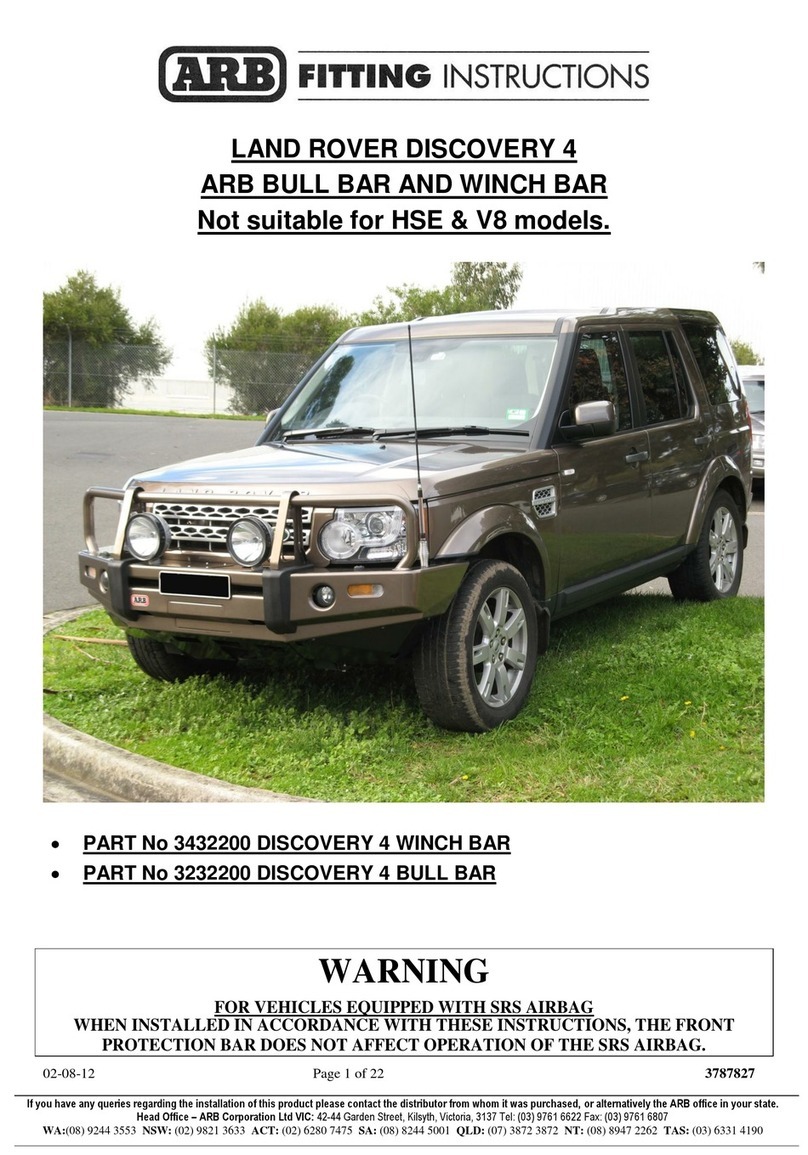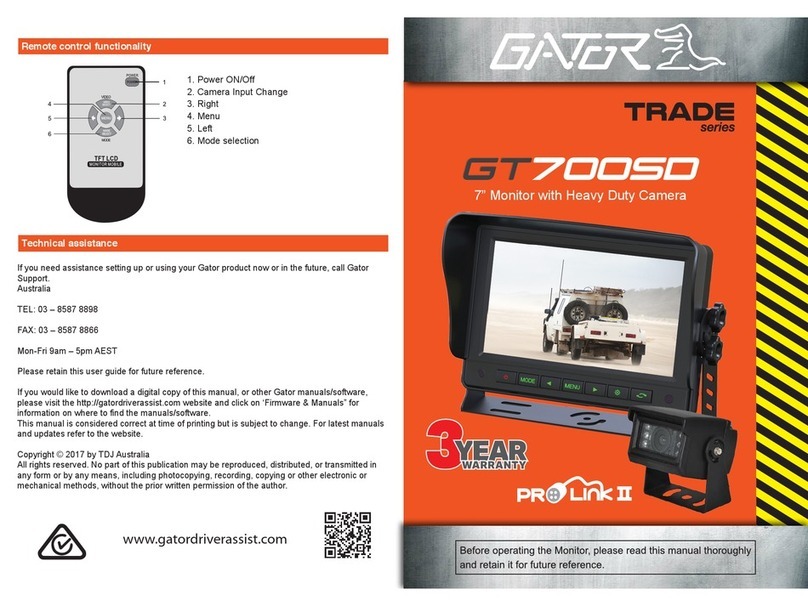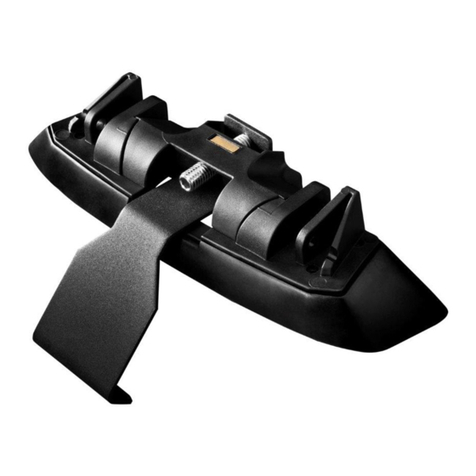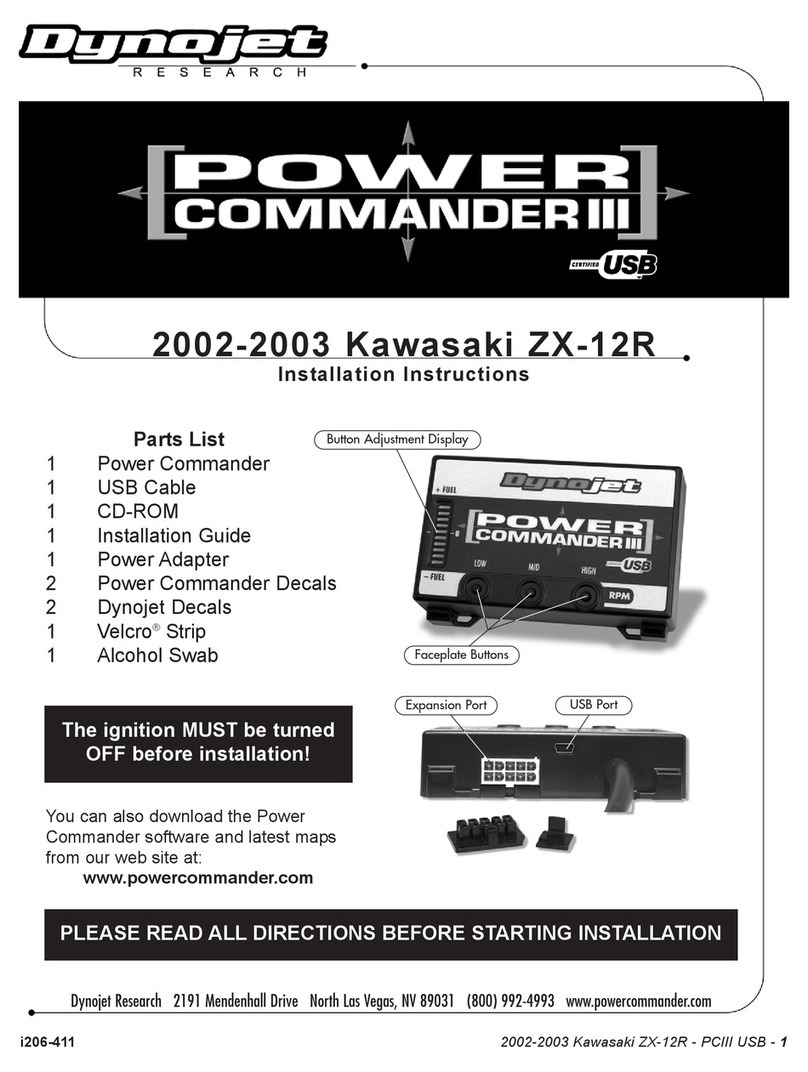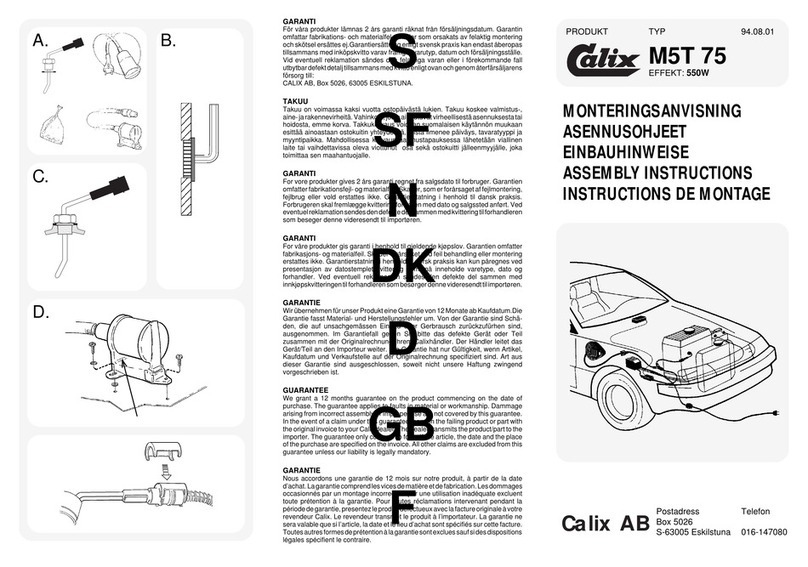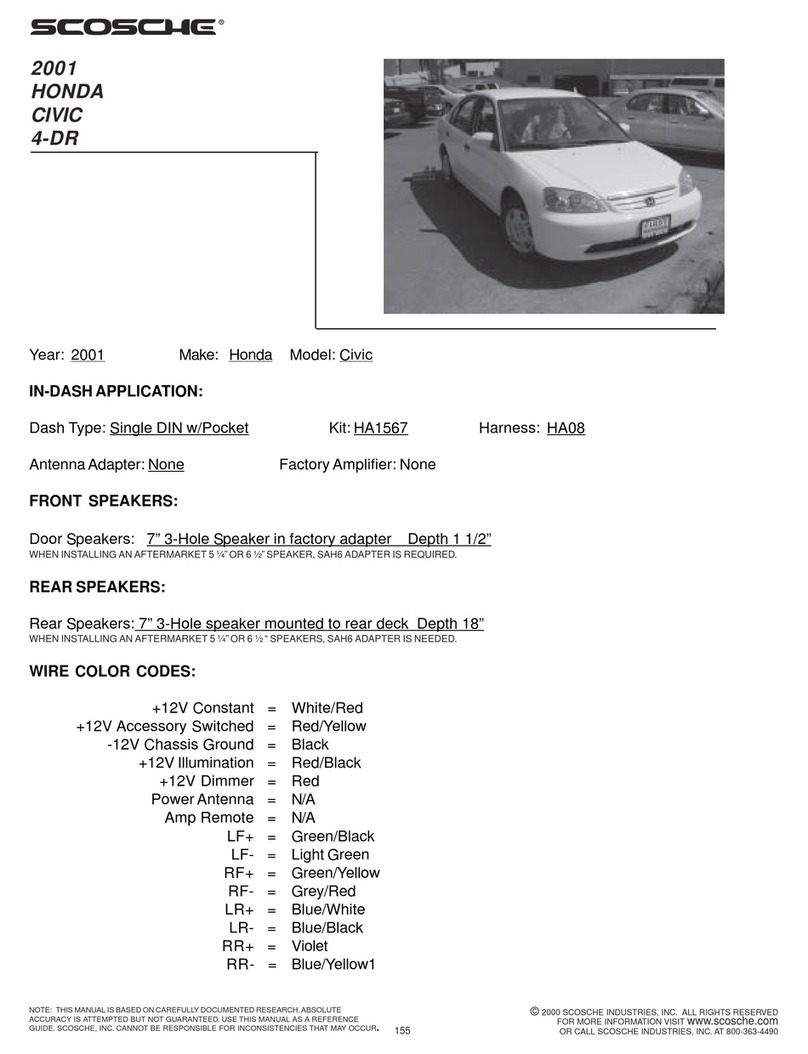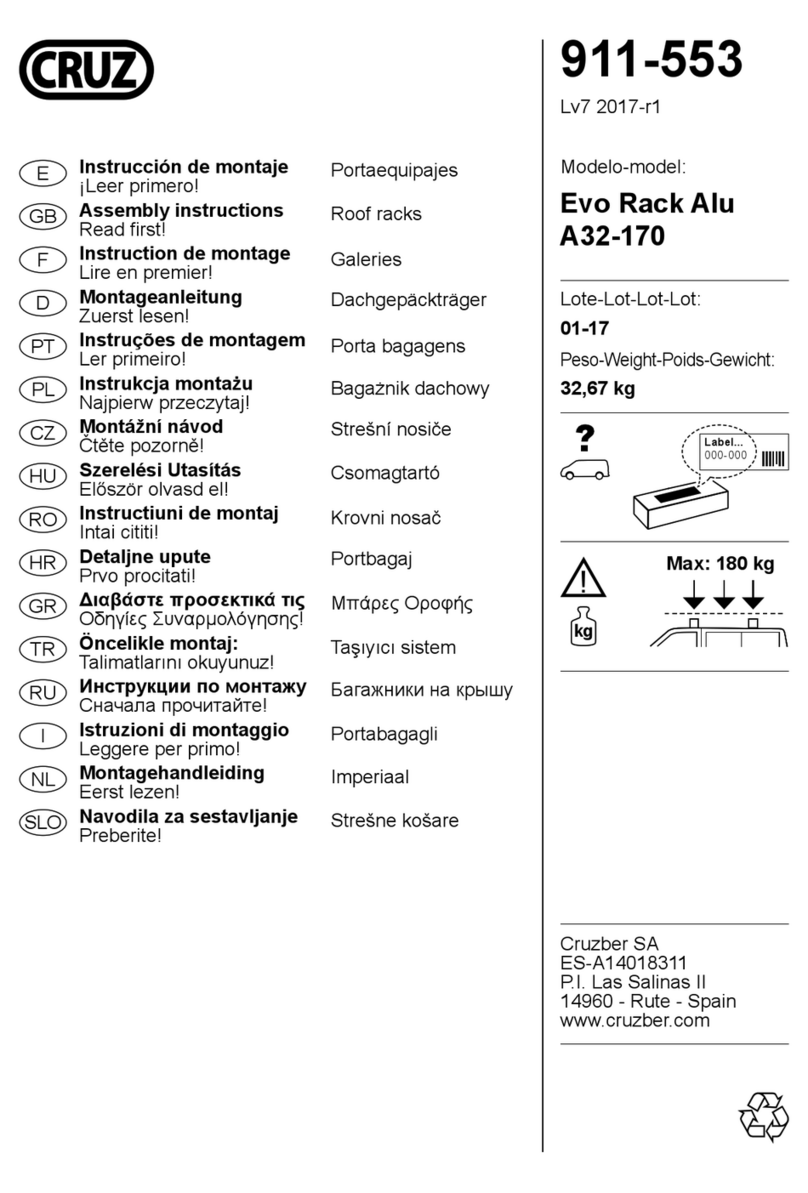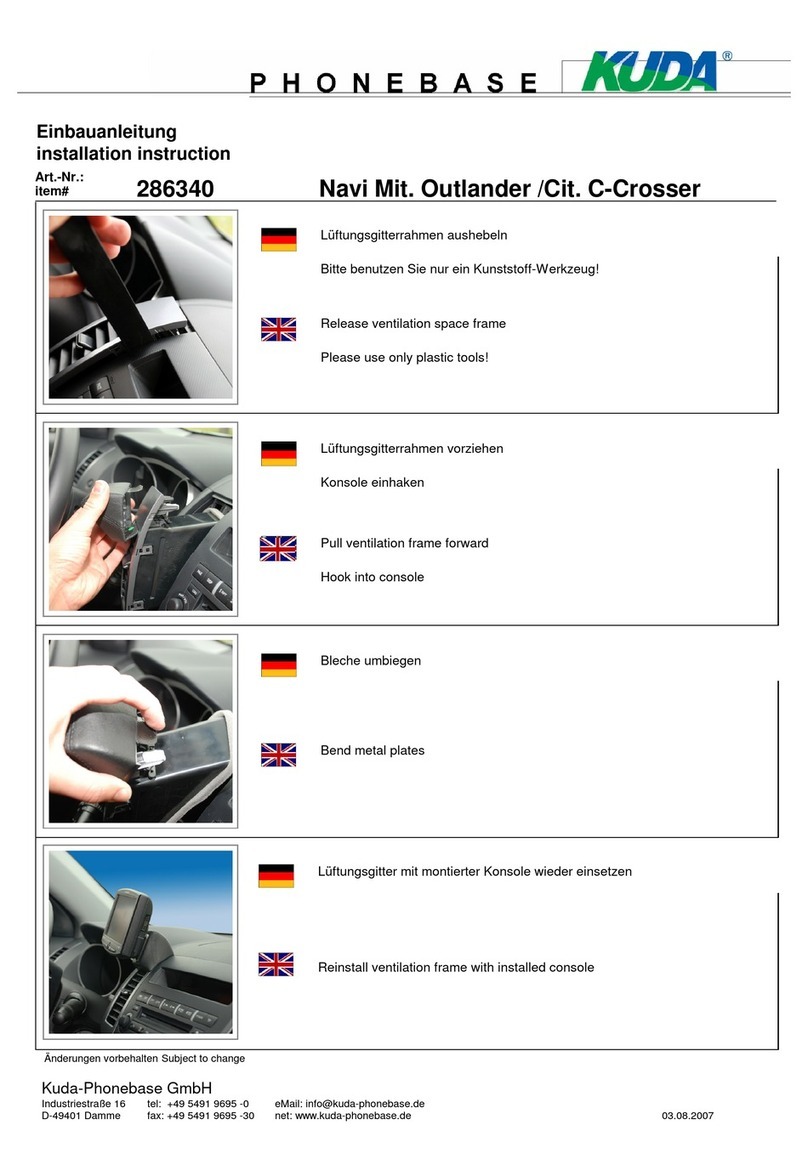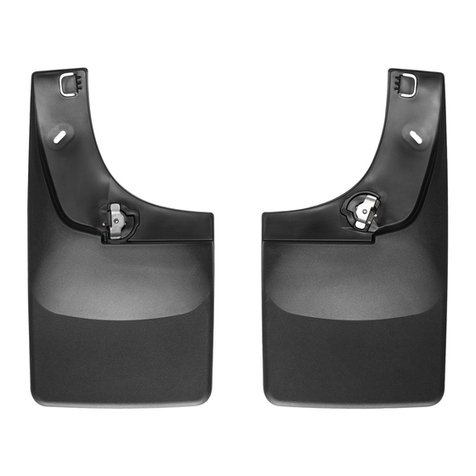ARB AIRLOCKER RD196 User manual




















Table of contents
Other ARB Automobile Accessories manuals

ARB
ARB Airlocker RD232 User manual
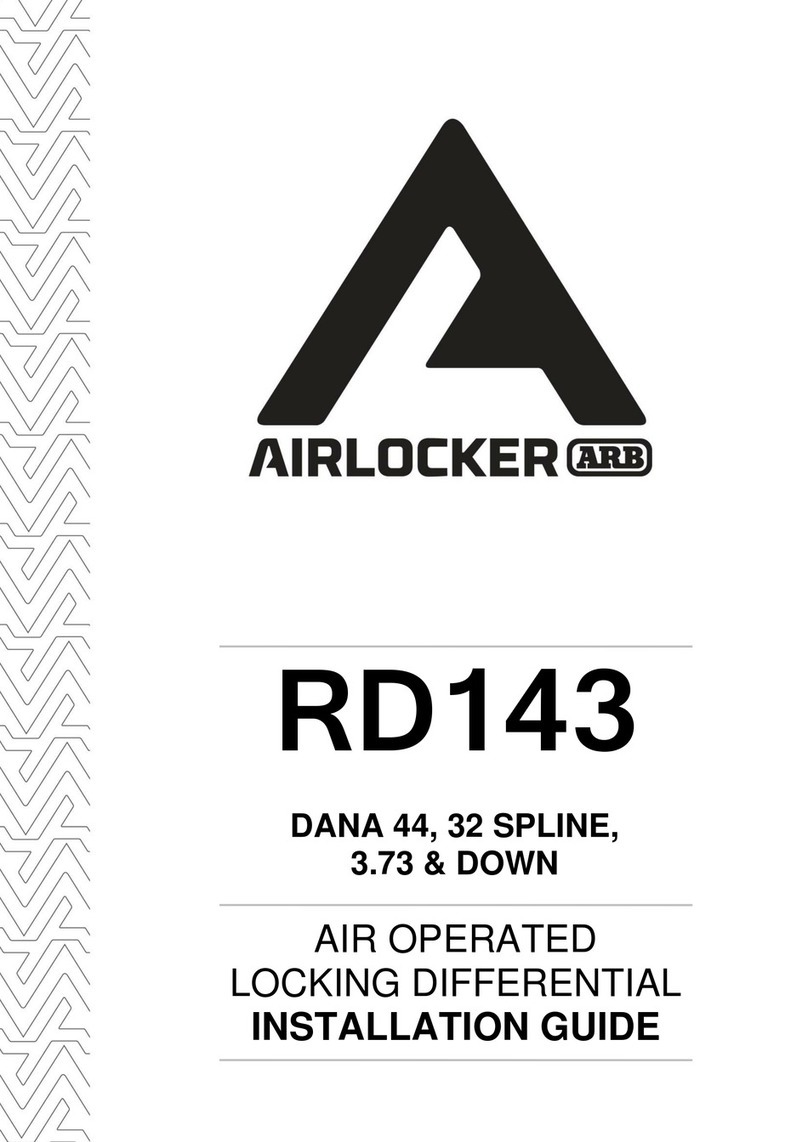
ARB
ARB Airlocker RD143 User manual
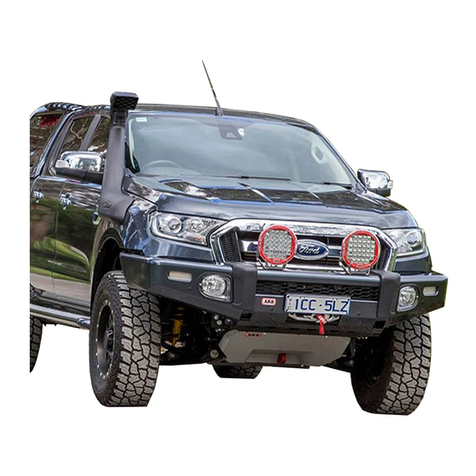
ARB
ARB 3940420 User manual
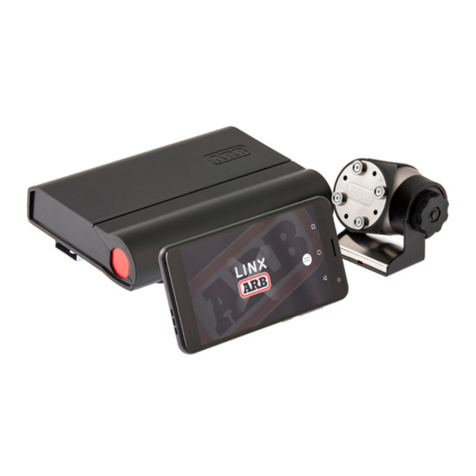
ARB
ARB LINX LX100 User manual
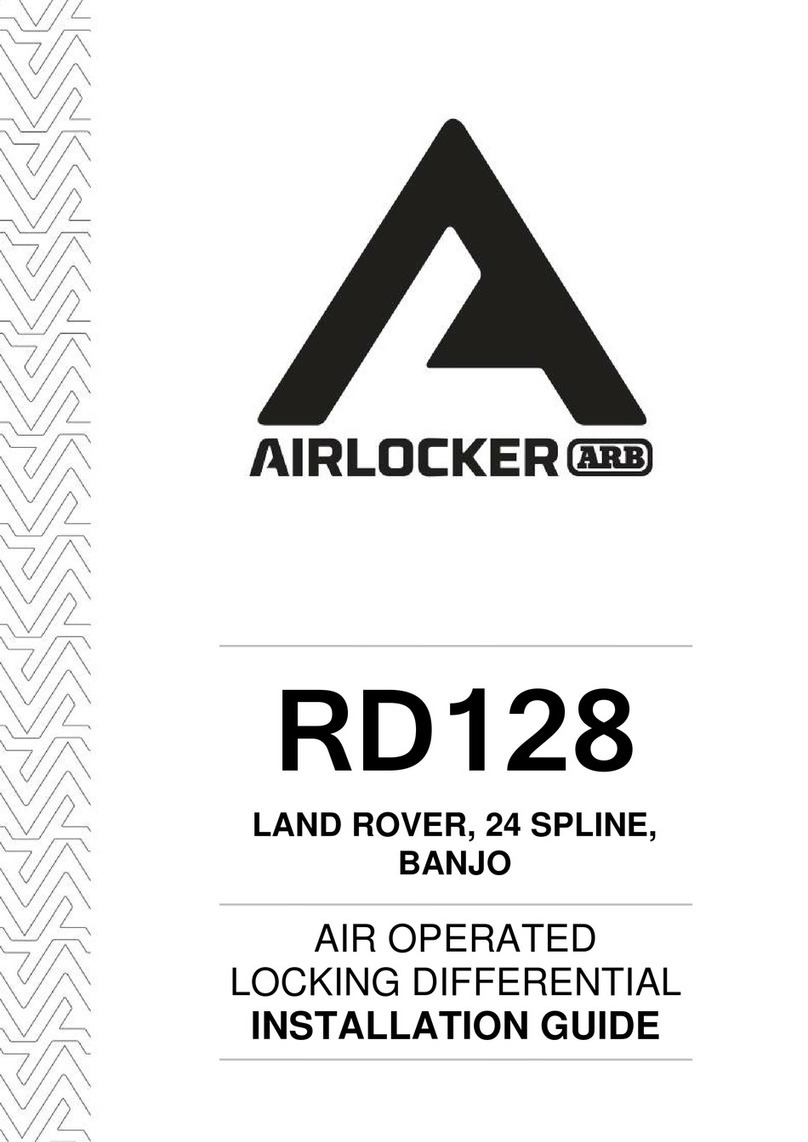
ARB
ARB AIRLOCKER RD128 User manual
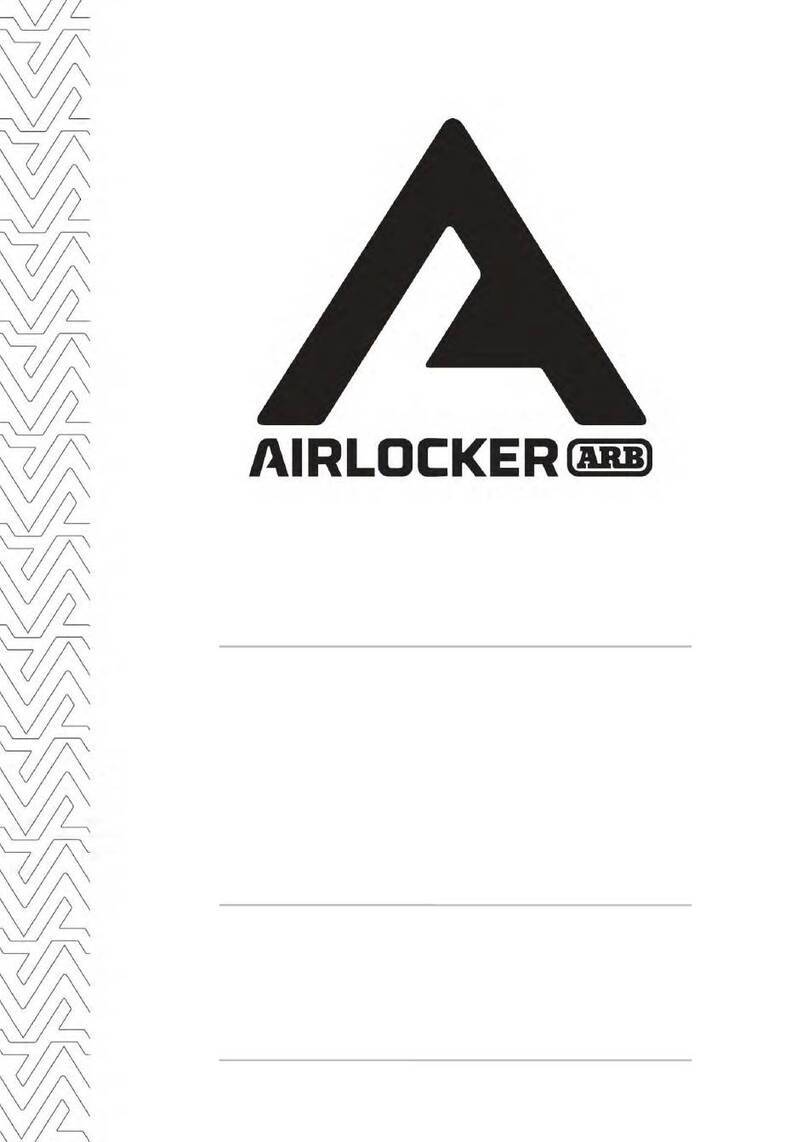
ARB
ARB RD177 User manual

ARB
ARB AIRLOCKER RD153 User manual
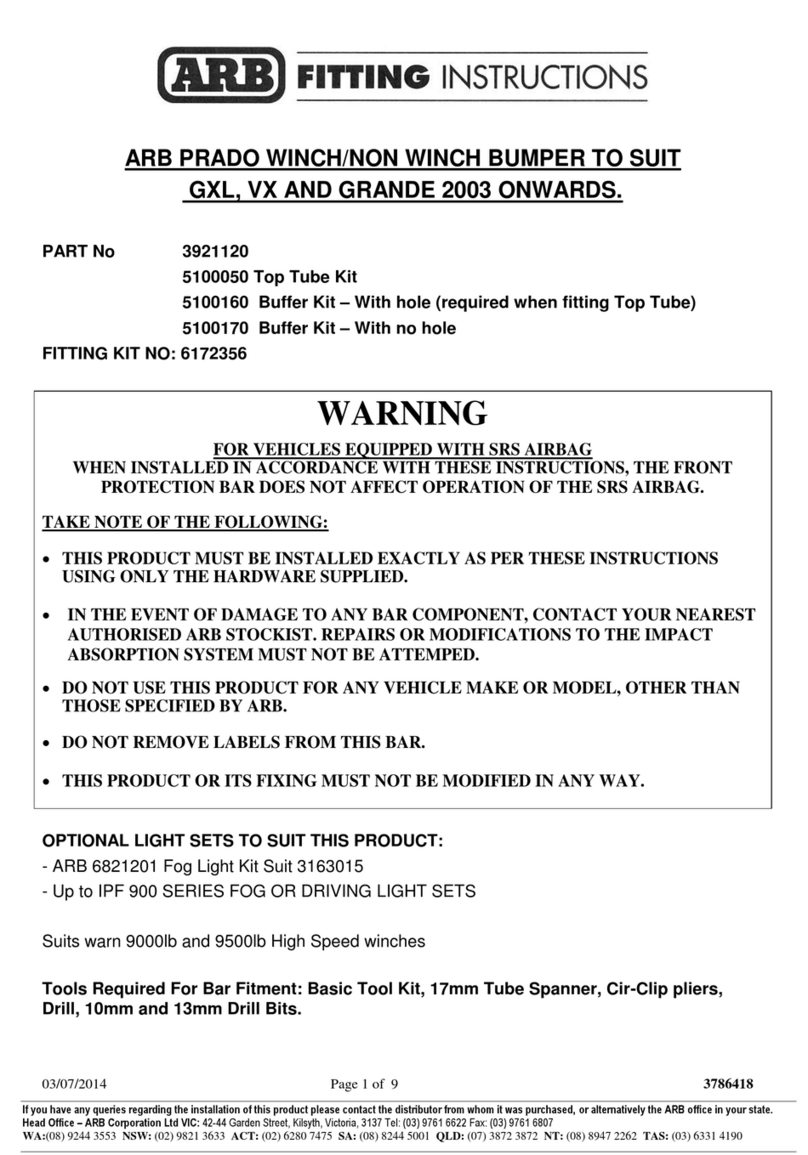
ARB
ARB 3921120 User manual
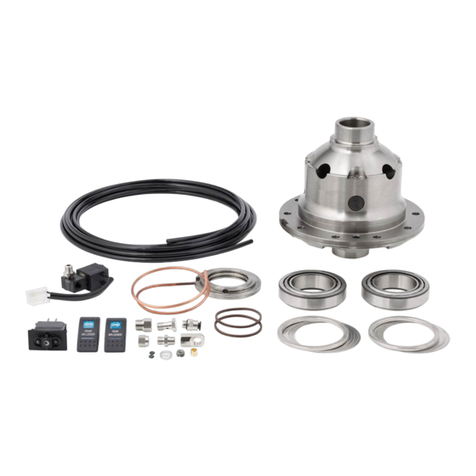
ARB
ARB AIRLOCKER RD109 User manual
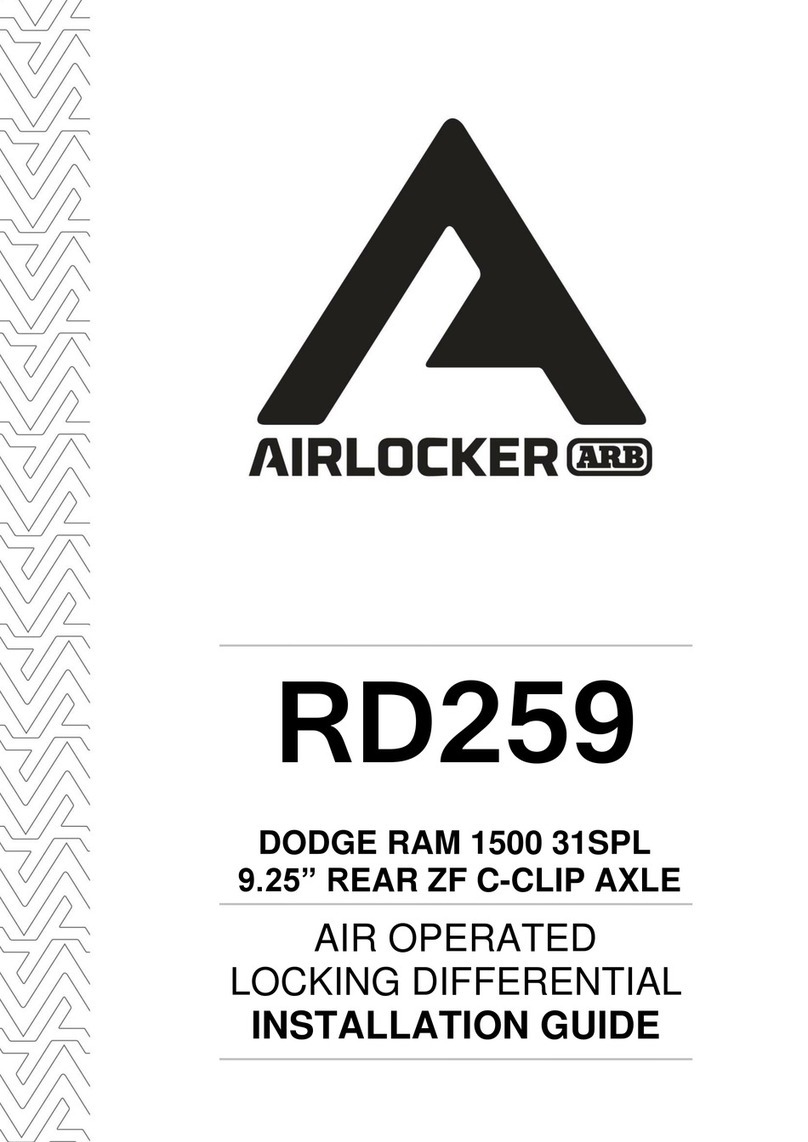
ARB
ARB Airlocker RD259 User manual
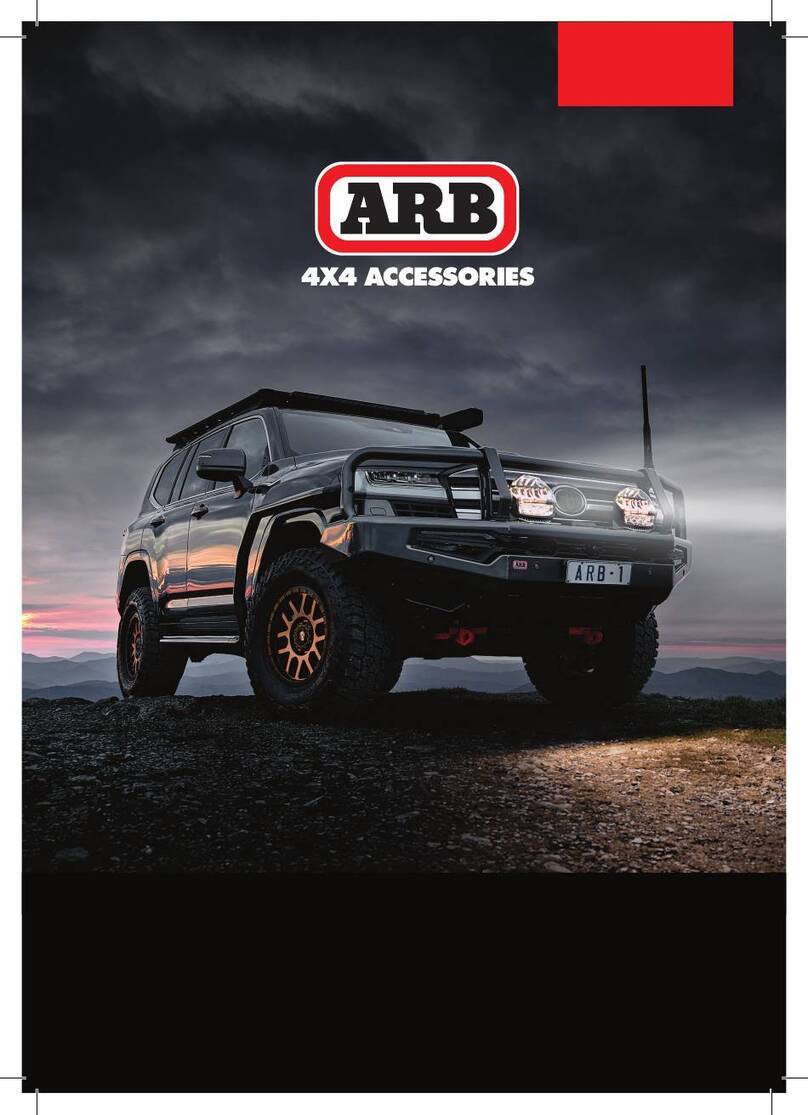
ARB
ARB INTENSITY IQ User manual

ARB
ARB 341 4460 User manual
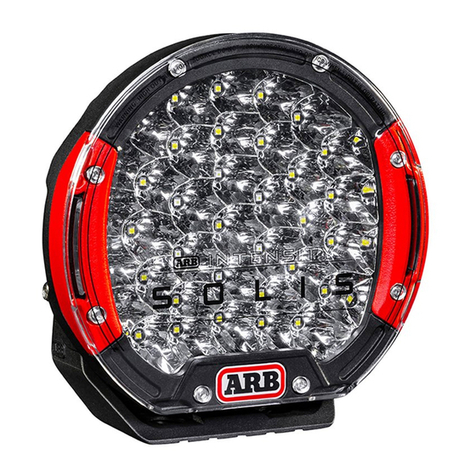
ARB
ARB INTENSITY SOLIS User manual
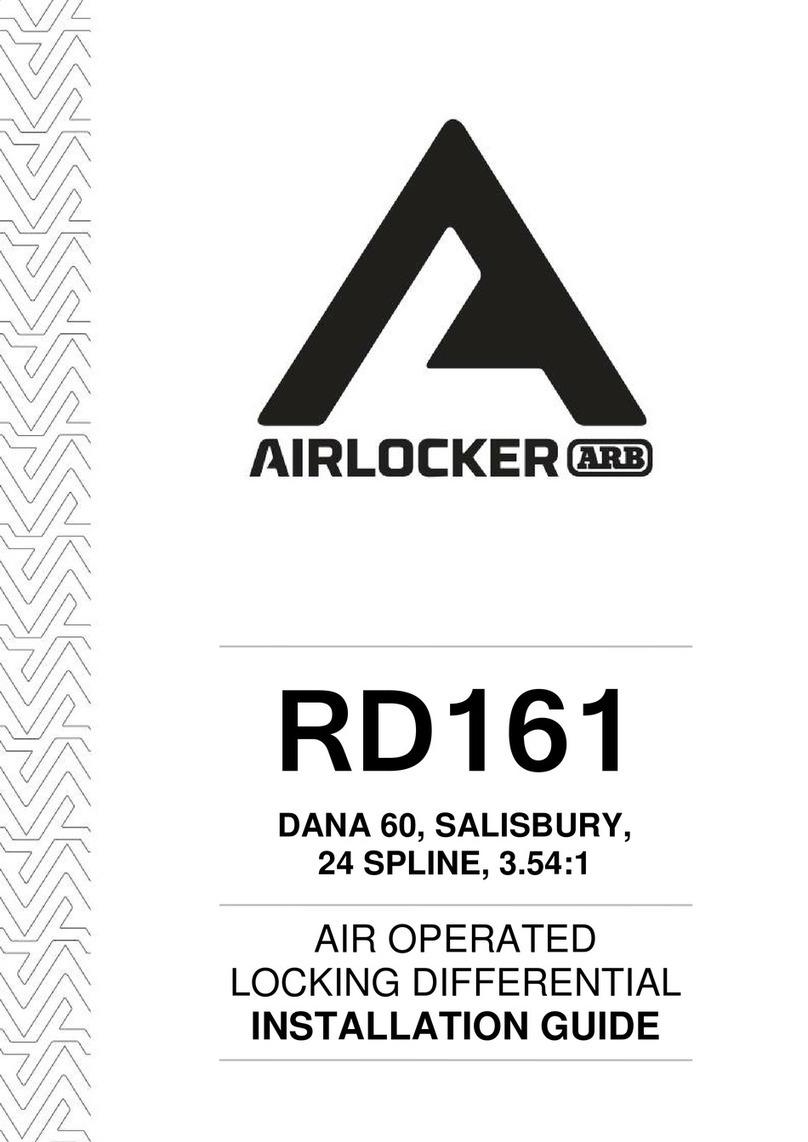
ARB
ARB Airlocker RD161 User manual
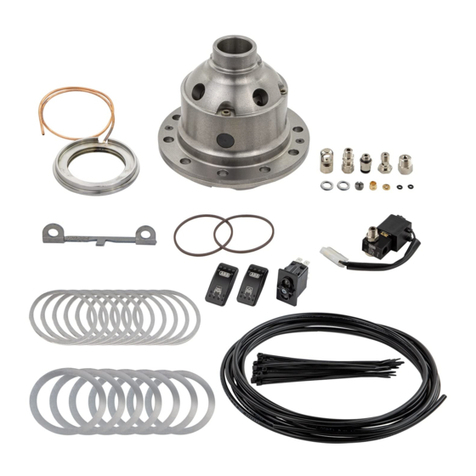
ARB
ARB RD246 Product information sheet
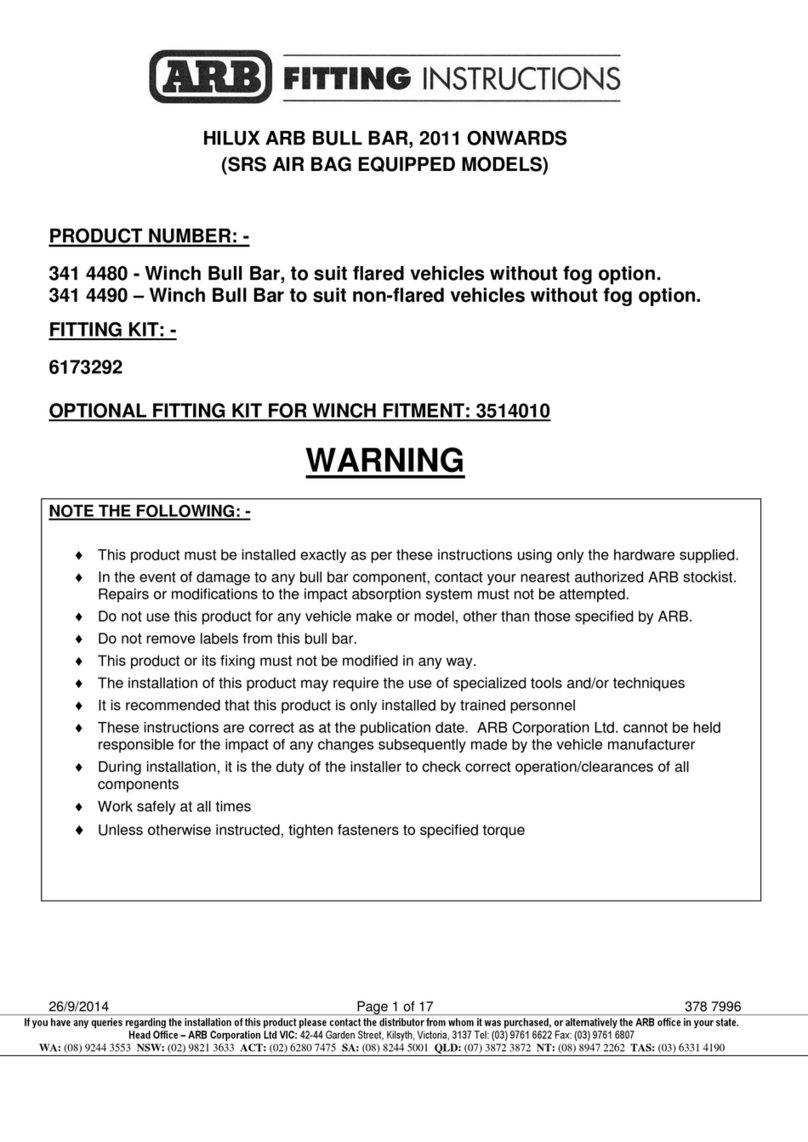
ARB
ARB 341 4480 User manual
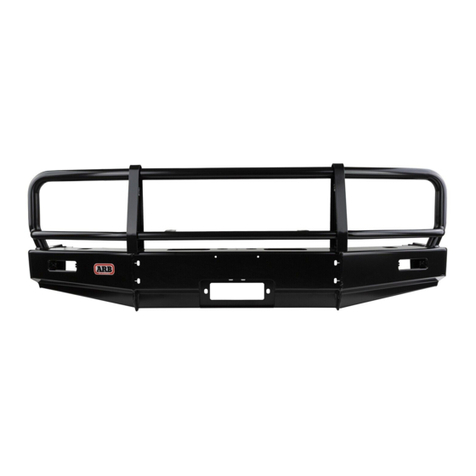
ARB
ARB 3432050 User manual

ARB
ARB AIRLOCKER RD163 User manual
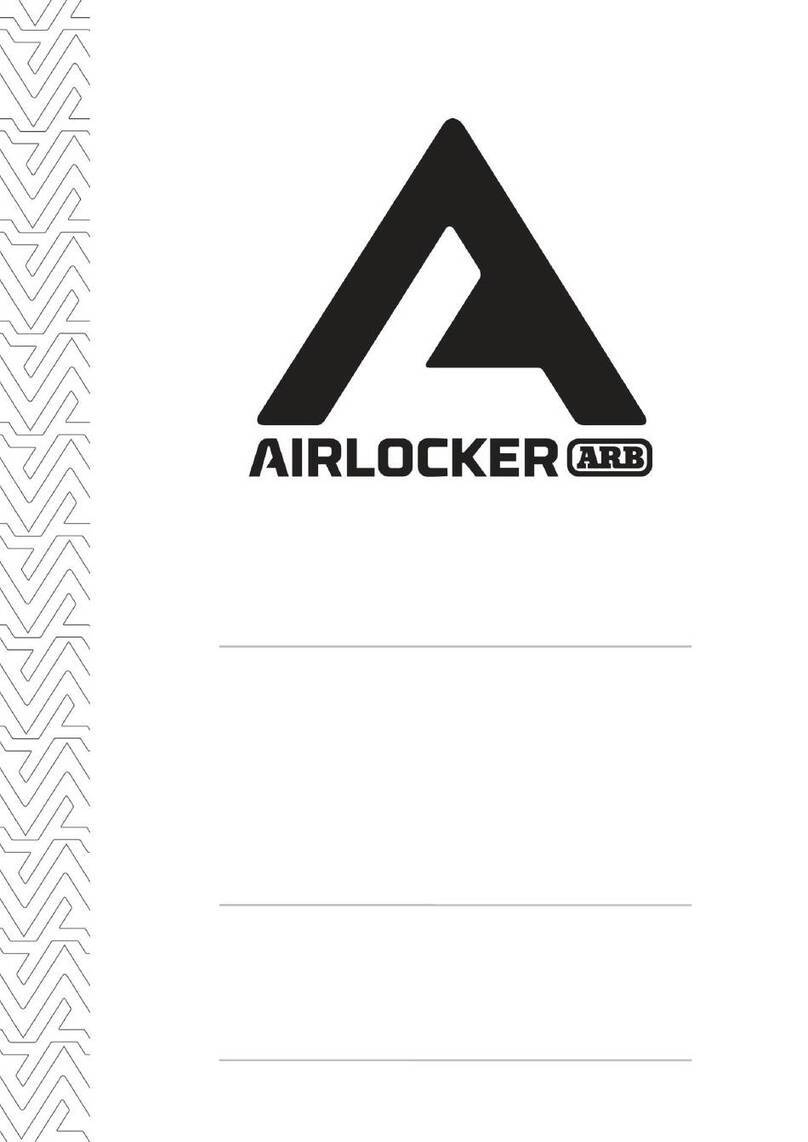
ARB
ARB AIRLOCKER RD145 User manual
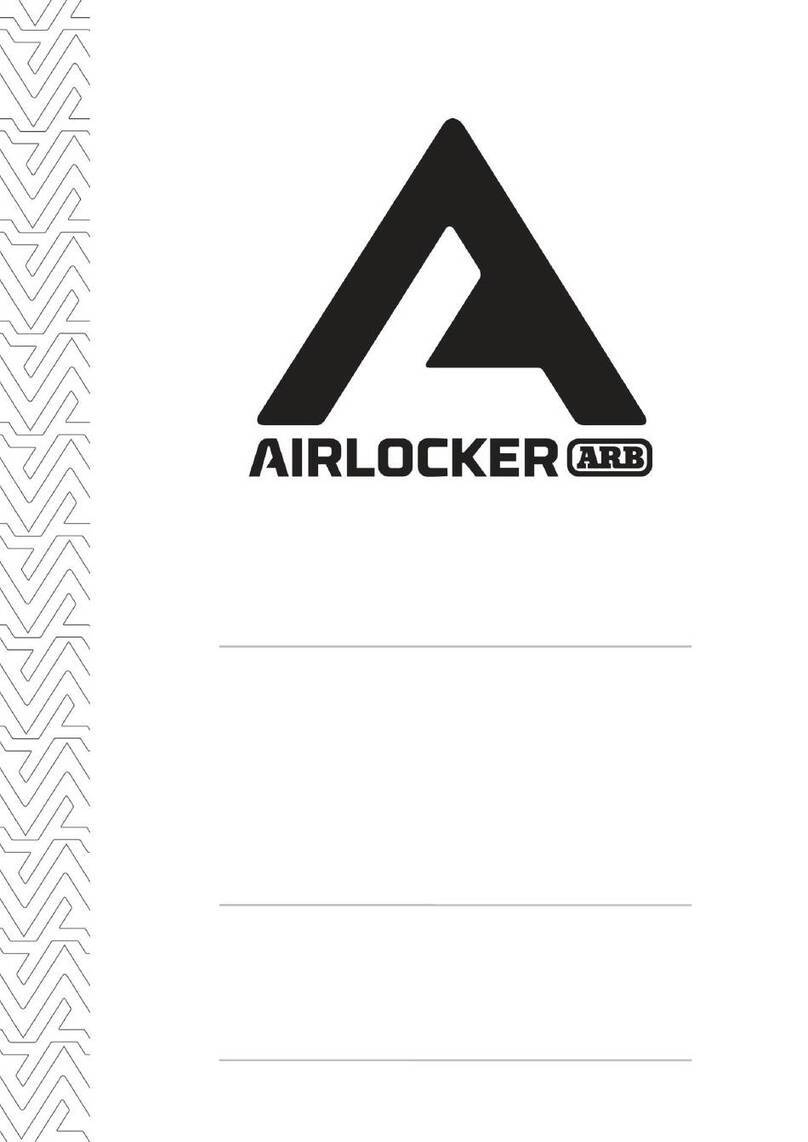
ARB
ARB AIRLOCKER RD170 User manual
Popular Automobile Accessories manuals by other brands
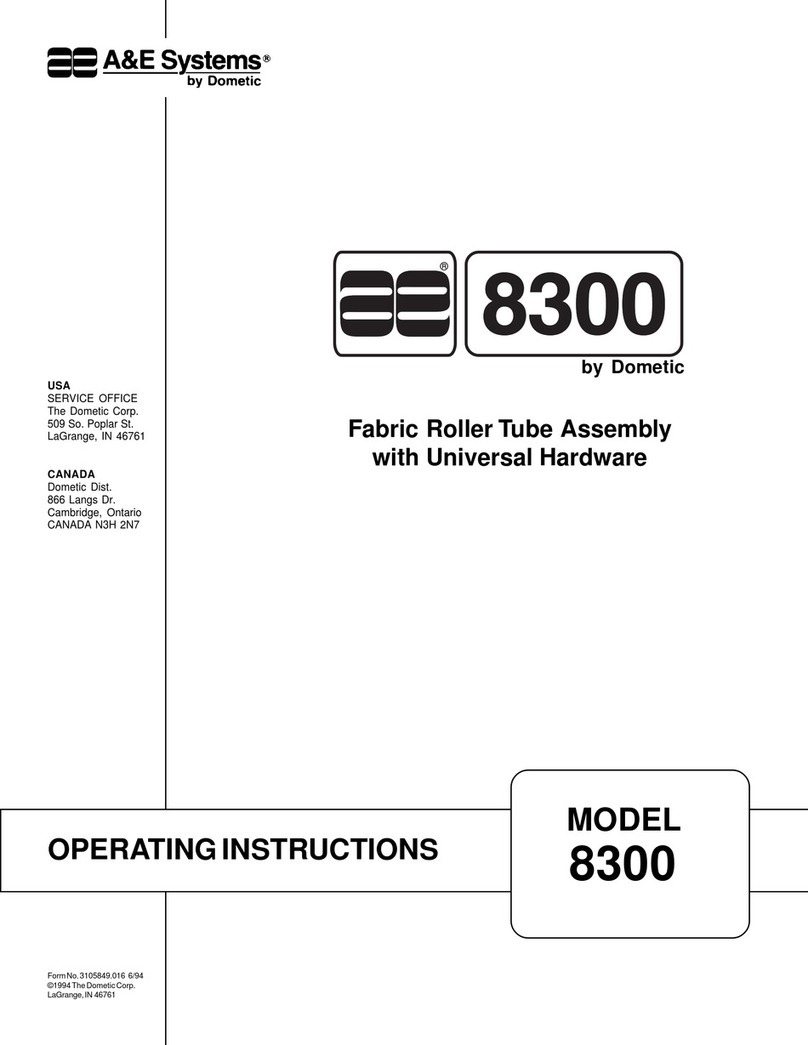
A&E Systems
A&E Systems 8300 operating instructions
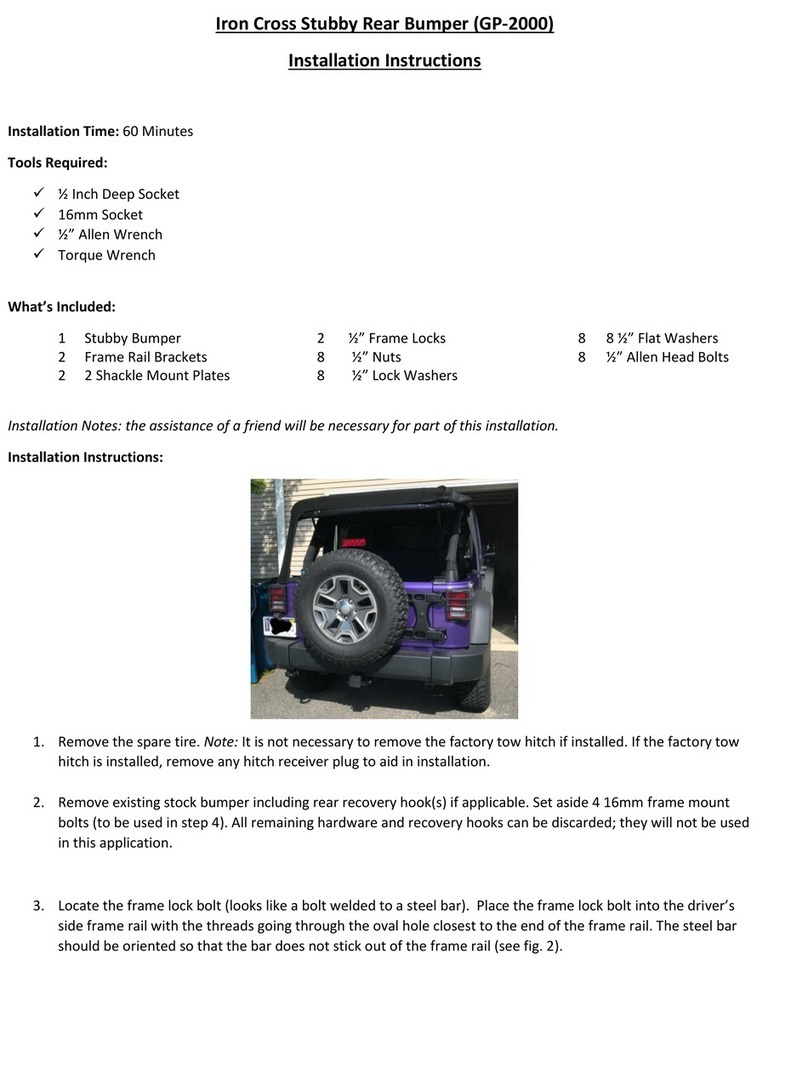
Iron Cross
Iron Cross GP-2000 installation instructions
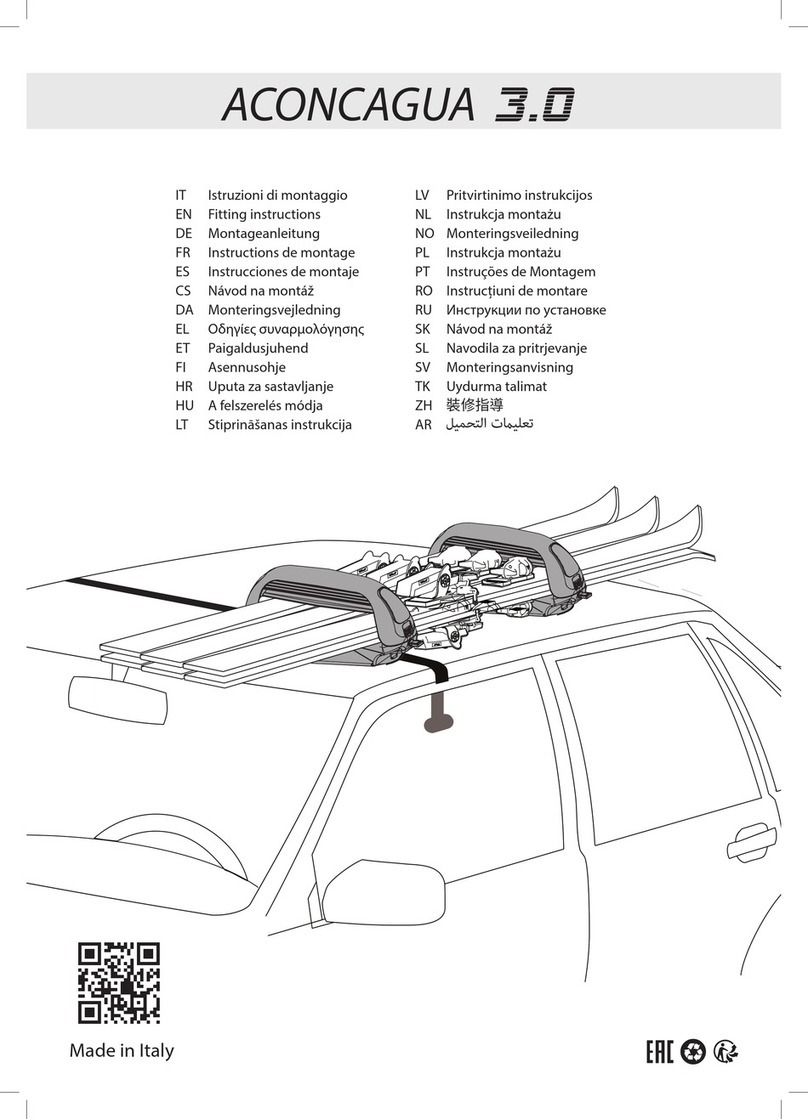
F.lli Menabo
F.lli Menabo ACONCAGUA 3.0 Fitting instructions

Griffin Technology
Griffin Technology iTripAutoPilot user guide
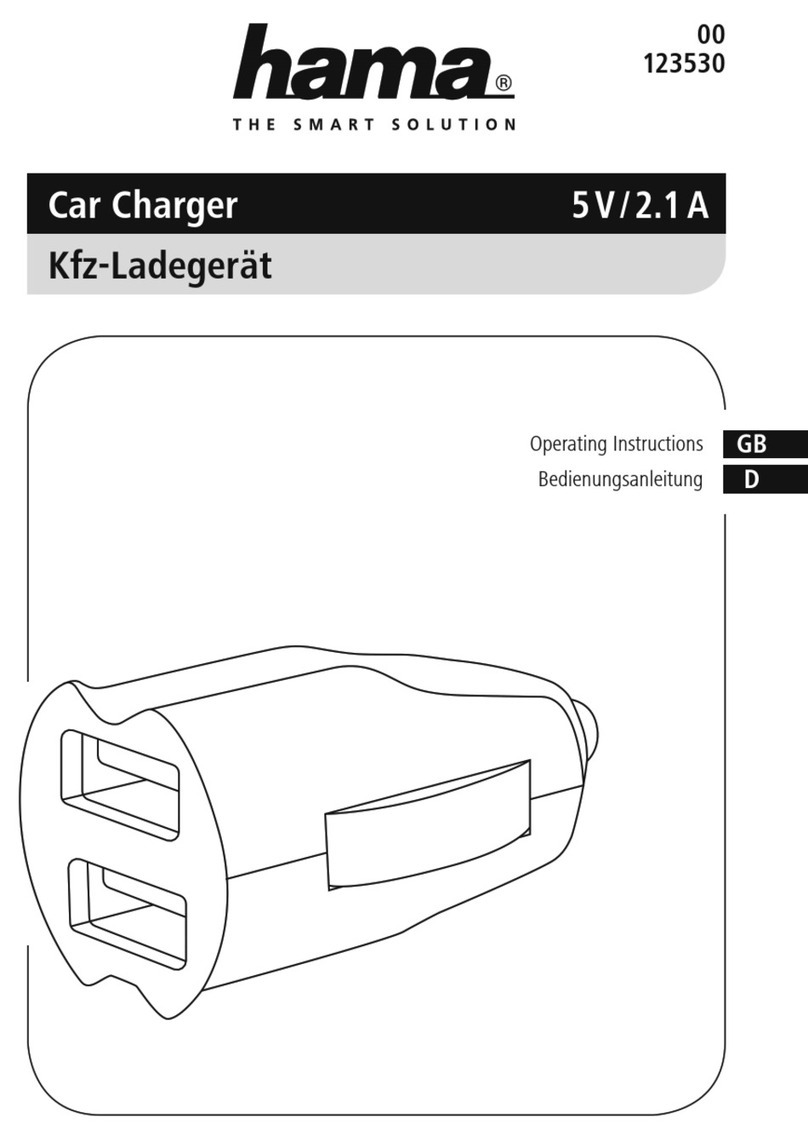
Hama
Hama 00 123530 operating instructions
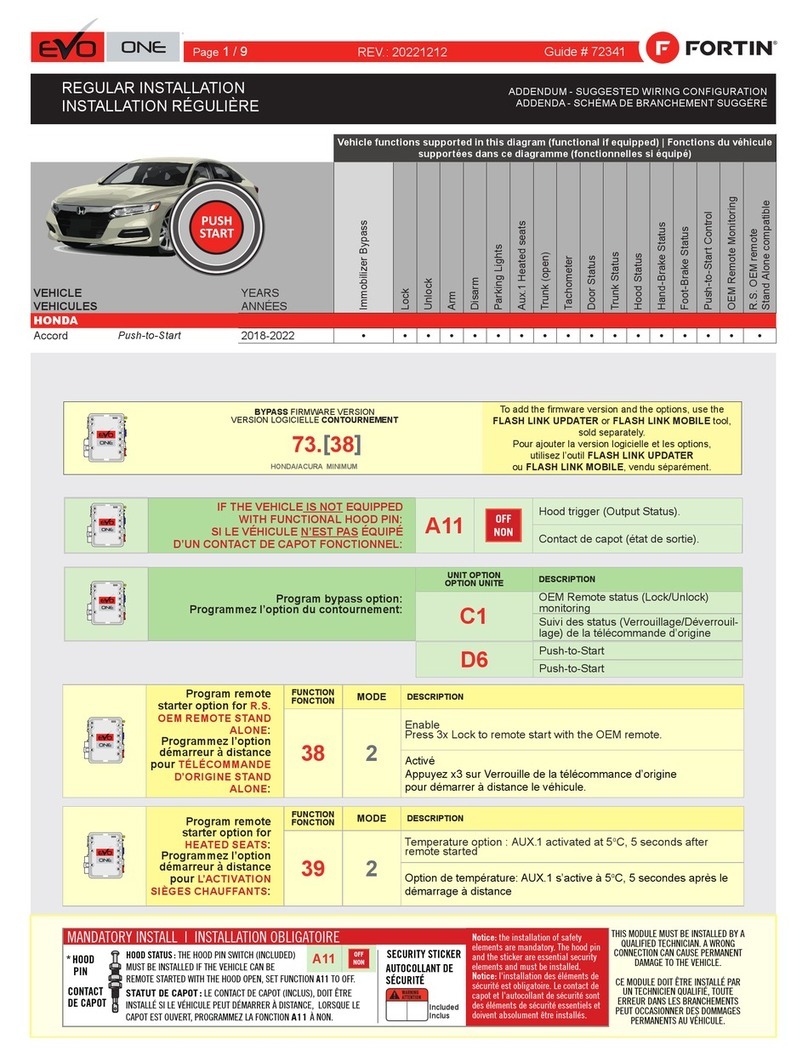
Fortin
Fortin EVO ONE installation guide

